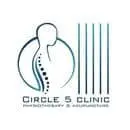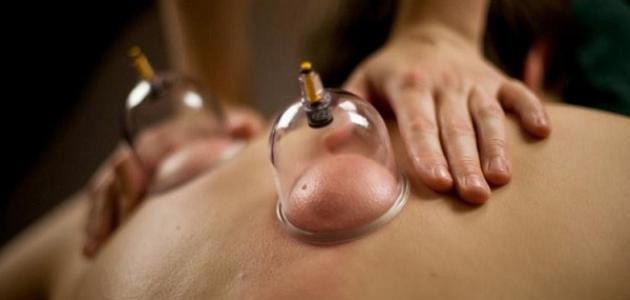
What is cupping
Cupping is one of the branches of alternative medicine, where cups are made of either glass, bamboo or pottery. These cups are applied to the skin, and cupping therapists believe in their importance in stimulating blood circulation, blood flow and treatment of many diseases.
The origin of this science to the ancient Egyptians for thousands of years, where it was discovered in the ancient historical books that the ancient Egyptians were doing cupping treatment.
Studies are under way to discover the benefits of cupping therapy, and studies have found that it is best given if used with other alternative therapies such as Chinese acupuncture, meditation and yoga.
Types of cupping Therapy treatment

- Dry Cupping: Pressure can also be created inside the cup using a rubber pump, and some therapists use silicone cups that can be moved from place to place in a similar way to massage.
- Fire Cupping
- Wet (Blood) cupping: Accompanied by blood out, by putting the cup and then remove it and then cut the skin superficial cracks and put the cup again to withdraw a small amount of blood, and after the completion of these cracks are covered with antibiotic ointment.
Indication (Benefits) of cupping Therapy:
Among the benefits of cupping, it is used in the treatment of many diseases including:
One of the most important benefits of cupping is that it treats blood diseases.
Rheumatoid diseases such as arthritis and inflammation of the tissues
Skin diseases such as rashes and acne
One of the benefits of cupping is that it treats high blood pressure
Headache and Migraines
Bronchial congestion caused by allergies and asthma
Varicose veins
Anxiety and depression
Back and neck pain
knee pain
It helps to relieve pain and inflammation and increase mental and physical activity and energy in general.
Are you looking for a natural way to improve your health and well-being? If so, then Hijama may be the perfect solution. In this blog post, we’ll explore what Hijama is, how it works, and why it has been used for centuries as a holistic healing method.
What is Hijama?
Hijama is an ancient holistic therapy that has been practiced for centuries. It is also known as vacuum cupping, hijama cupping or horn treatment and involves the application of special cups to the skin to create a vacuum. The word ‘Hijama’ comes from the Arabic word “hacame”, which means “to suck blood”, and it is believed by some that this process can help to improve symptoms of autoimmune diseases such as Hashimoto’s thyroiditis. By clearing blood and interstitial fluid from the body, hijama may be able to reduce inflammation and alleviate symptoms associated with these conditions. It has also been suggested that hijama could help reduce stress levels and have a calming effect on patients. In addition, according to Prophet Muhammad (PBUH), “Verily, hijama (cupping therapy) is among your best remedies” – meaning it could potentially be beneficial in treating a wide range of ailments.
Benefits of Hijama
Hijama, also known as cupping therapy, is a traditional form of treatment that has been used for centuries to help reduce pain and improve overall health. It is an effective alternative therapy that involves the use of suction cups on the body to draw out stagnant blood from targeted areas. Hijama can be used to treat a variety of ailments, including arthritis, lower back pain, headaches and migraines, toothache, muscular pain, sciatica and other types of pain.
Hijama helps improve respiratory ailments and expel heat while providing relief from both physical and mental stress. It can also stimulate blood circulation in order to purify the body by increasing red and white blood cell count. In addition to this, hijama helps reduce muscle stiffness and tenderness by removing stagnant blood from the area of discomfort. Furthermore, it releases toxins with minimal additional strain on internal organs while directly affecting pain transmission communication routes from a stimulating location to the brain.
Overall hijama offers many benefits such as faster pain relief along with improved post-vaccination mental & physical health which makes it an ideal choice for those looking for natural treatments without any side effects or risks involved. Hijama is considered both Sunnah (Islamic practice) as well as medicine according to Islamic sources which makes it even more popular among believers in its therapeutic effects!
How to Perform Hijama
Hijama, also known as cupping therapy or wet cupping, is an ancient alternative mode of medicine used to detoxify and rehabilitate the body. It is a type of treatment that involves placing heated cups on the skin to pull out toxins from the body and promote healing.
To perform Hijama, you will need several items: leeches, cotton balls soaked in alcohol, hot water, a clean towel for drying the skin after the procedure. First, select an area on your body where you would like to have Hijama performed. Make sure that the area is clean and dry before proceeding. Next, take some hot water and dip your leeches into it in order to make them more active. Once they are ready to use, attach them with their suction cups onto your skin in a circular pattern around the area you selected for Hijama. Then take some of the cotton balls soaked in alcohol and place them over each leech within your designated area. Finally remove all of the leeches by gently pulling them away from your skin one by one. Afterward dry off any residual moisture with a clean towel and apply ointment or lotion if needed afterwards for comfortability purposes
Hijama is beneficial for many reasons such as faster pain management due to increased blood circulation; treating lungs diseases; releasing toxins; improving digestion; providing relief from insomnia; enhancing immune system functions; reducing stress levels and fatigue; as well as increasing energy levels amongst other
Who Should Not Receive Hijama?
Hijama, or wet cupping therapy, is an ancient practice originating from the teachings of the Prophet Muhammad (sallallahu alaihi wasallam). Although it has been a popular form of treatment for many centuries, there are certain individuals who should not receive hijama.
Those taking blood thinners should avoid hijama as it may cause excessive bleeding. People with wounds on their skin should also not receive hijama as this could make their wounds worse. Additionally, children under 10 years old and older adults should be very carefully monitored when receiving hijama due to their fragile state. Finally anyone with a contagious skin condition such as eczema or psoriasis should avoid getting any type of cupping therapy until they have recovered fully.
Types of Cupping Techniques
Cupping therapy, also known as hijama, is an ancient form of alternative medicine that has been used for centuries to promote wellbeing. It involves the application of special cups to the skin that create suction and help improve the flow of energy throughout the body. There are three main types of cupping techniques: dry cupping, massage cupping and fire cupping. Dry cupping involves using a vacuum pump or glass cups to create a localized suction on the skin. Massage cupping uses heated cups along with massage oils and gentle massage strokes to stimulate circulation in targeted areas. Fire cupping is done by heating a glass cup over an open flame and then quickly placing it onto the skin, creating a strong local suction. All three types of cupping have been shown to be beneficial for relieving pain, reducing inflammation and helping with overall health and wellbeing.
Preparations Before Receiving Hijama
Before receiving hijama, it is important to prepare yourself properly. This includes fasting for at least 2-3 hours before your treatment and consulting with a healthcare specialist prior to having the procedure. Additionally, it is beneficial to receive training from a qualified professional on hijama, acupuncture, homeopathy, and hirudotherapy. Following these preparations will help ensure that you get the most out of your hijama experience and maximize its potential benefits.
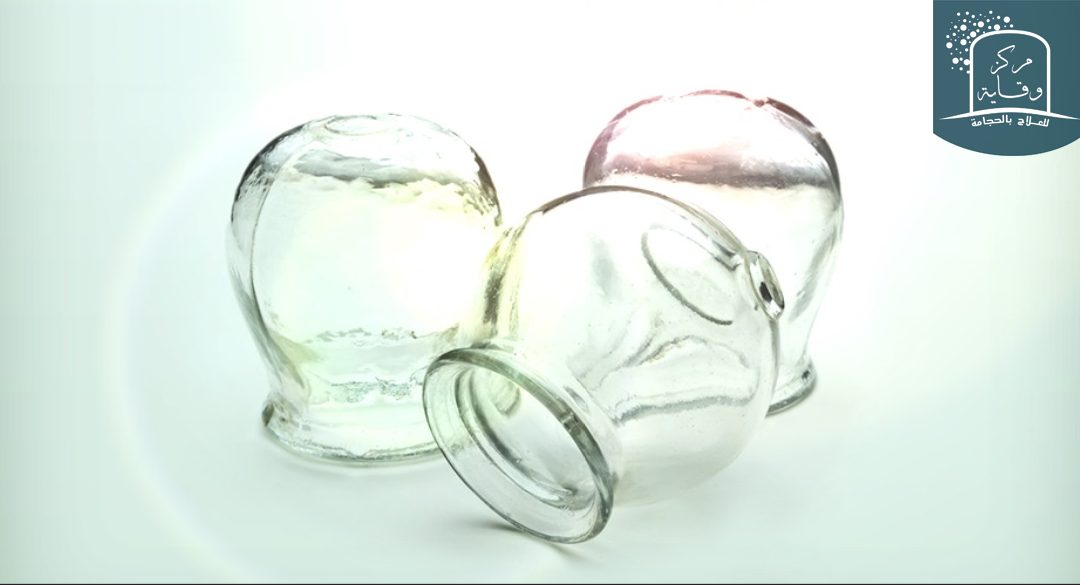
The Different Types of Cupping Cups
Cupping therapy, or Hijama, is an ancient healing practice used to improve overall health and well-being. It involves the application of glass cups over certain areas of the body. Depending on your needs, there are three main types of cupping cups available: dry cupping, massage cupping, and fire cupping.
Dry Cupping is a technique where a heated cup is placed onto the skin to create suction. This creates a vacuum effect that helps to increase blood flow and reduce inflammation.
Massage Cupping uses special cups with massage oil or lotion inside them so that they can move gently over the skin while creating a vacuum effect. This helps stimulate circulation and relax tense muscles.
Fire Cupping involves heating up an airtight cup before placing it onto the skin in order to create strong suction for maximum therapeutic benefit. The heat helps draw toxins out of the body which can help reduce pain and promote healing.
No matter which type of cupping you choose, you’ll be sure to experience some amazing benefits! Cupping has been used by many cultures for centuries due to its effectiveness in relieving pain, reducing stress levels, improving circulation and aiding in detoxification processes within the body
Preparing the Treatment Area for Hijama
Hijama is an ancient form of healing that involves the use of suction cups to draw out toxins, stagnation, and impurities from the body. Preparing the treatment area for Hijama is essential for a successful and safe session.
Before beginning the Hijama procedure, it is important to cleanse and purify your skin. This can be done by taking a warm shower and washing with a mild soap or natural cleanser. After cleaning, you should dry yourself off thoroughly before applying any oils or lotions to your skin.
The area where you will be receiving Hijama needs to be exposed so that the practitioner can easily access it during treatment. If you are receiving cupping therapy on your back, wearing loose-fitting clothing such as shorts or tank tops will make it easier for them to attach the cups properly.
It is also important to ensure that your skin is free of any cuts or open wounds before beginning Hijama treatments as these could become infected during treatment. You should also avoid eating heavy meals prior to receiving Hijama therapy as this could increase discomfort during the procedure.
Preparing for Hijama therapy helps ensure that you have a safe and effective treatment session. By taking time beforehand to cleanse your skin and ensure that no open wounds are present in the area being treated, you can help create a successful experience with this alternative form of healing!
Aftercare Tips Post-Hijama Treatment
Hijama is an ancient form of alternative medicine that has been used for centuries to remove toxins from the body and promote healing. After a hijama treatment, it is important to take certain precautions in order to ensure the best possible results. Here are some tips for aftercare post-hijama treatment:
1. Avoid caffeine, alcohol, sugary foods and drinks, dairy and processed meats for 4-6 hours after your session as these can slow down your body’s ability to process the treatment.
2. Do not take hot showers, saunas, hot tubs or expose yourself to strong air conditioning immediately after the session as these can be too intense for your body at this time.
3. Avoid cold and windy conditions for at least four hours post cupping as they can cause discomfort or pain in already sensitive areas of the body.
4. Immediately following your session drink honey water and plenty of fluids with solid meals throughout the day in order to stay hydrated and help flush out any remaining toxins from your system.
What to Expect During and After the Treatment?
Hijama is an ancient therapeutic practice that involves the use of cups to create suction on the skin. This process helps to stimulate blood circulation, remove toxins, and reduce pain in the body. During treatment, a therapist will attach special cups to your skin and leave them in place for several minutes. Afterward, they may make small incisions on your skin with a sterile lancet or razor.
After hijama is completed, you may experience some irritation around the rim of the cup and have some pain at the incision sites. It is important to keep yourself awake for at least two hours afterwards so that your body can kick-start its healing process. To help with this, it’s recommended that you have a good nutritious meal after treatment. Additionally, you should not scratch or pick at the hijama site and instead apply olive oil or coconut oil to help soothe it.
Dynamic cupping may also be used during hijama treatments where cups are moved over certain points of your body in order to stimulate blood flow and relieve tension from muscles. The cuts made during this type of treatment do not bleed much and a scab will form quickly due to its precision technique of incision.
Overall, hijama can be an effective way to reduce pain in certain parts of your body while also stimulating blood flow throughout it – just make sure you follow all post-treatment instructions provided by your therapist carefully!
Common Conditions That Can Be Treated with Hijama
Hijama, or cupping therapy, is a traditional practice used to treat a variety of ailments. It involves using cups to create suction on the skin, which helps stimulate blood flow and encourages healing. Many people find relief from pain and other symptoms associated with a range of common conditions through hijama. Some of the most common conditions that can be treated with hijama include back pain, headache or migraine, knee pain, sports injuries and performance issues, rheumatoid arthritis and high blood pressure. Hijama is an effective and natural way to treat these conditions without the use of medications or invasive procedures.
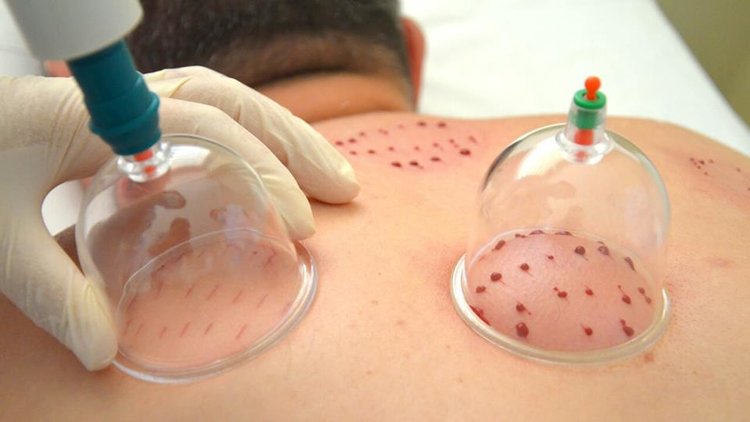
Circle 5 Clinic Address
Twin Towers,
Sheikh Zayed, Giza Governorate – Egypt
6th Floor – Clinic M
Phone Number
01111222018
Email Address
Contact@circle5clinic.com
Circle 5 Clinic
ما هي الحجامة ؟
الحجامة هي نوع من أنواع الطب التقليدي الذي يستخدم للتخلص من بعض الأمراض المختلفة، ويعود تاريخها إلى العصور القديمة.
ما هي انواع العلاج بالحجامة ؟
أولاً: الحجامة الجافة
ويستعمل فيها ما يعرف بكؤوس الهواء يضعها على موضع الألم في جسم المريض دون شرط جلده
ثانياً: الحجامة الرطبة
تختلف عن الحجامة الجافة بتشريط الجلد تشريطاً خفيفاً ووضع الحجامه على مكان التشريط وتفريغها من الهواء عن طريق (سحب الهواء)
ما هي أوقات الحجامة ؟
يتم عمل الحجامه في اي يوم من ايام السنه ( والايام المفضله هي ايام ١٧ و ١٩ و ٢١ من كل شهر هجري )
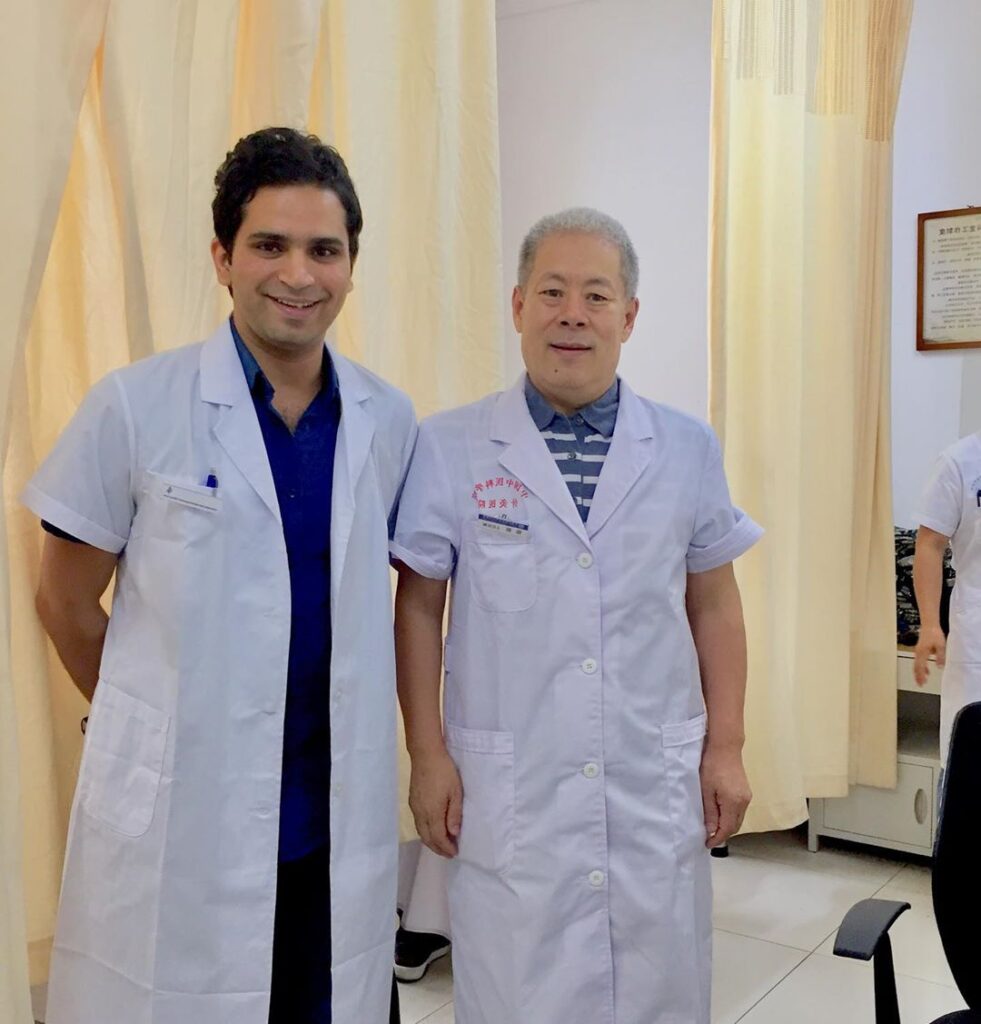
عيادة طبية متخصصة
- جميع الادوات معقمة واستخدام مرة واحدة
- فحص طبي خاص بالحجامة
- ادوات خاصة لكل مريض
- تتم الحجامة بواسطه دكتور فقط
ما هي الاثار الجانبيه للحجامة ؟
ينتج عن العلاج بالحجامة عادةً علامات أو كدمات دائرية في المواقع التي وُضعت به الكؤوس، وتجدر الإشارة إلى أنّ هذه العلامات تبدأ بالتلاشي بعد مرور عدّة أيام
ما هي مدة جلسات العلاج بالحجامة ؟
تستغرق الحجامه عادة في المتوسط نصف ساعه 30 دقيقة
هل تؤلم الحجامة ؟
العلاج بالحجامه لايسبب اي ألم في العموم
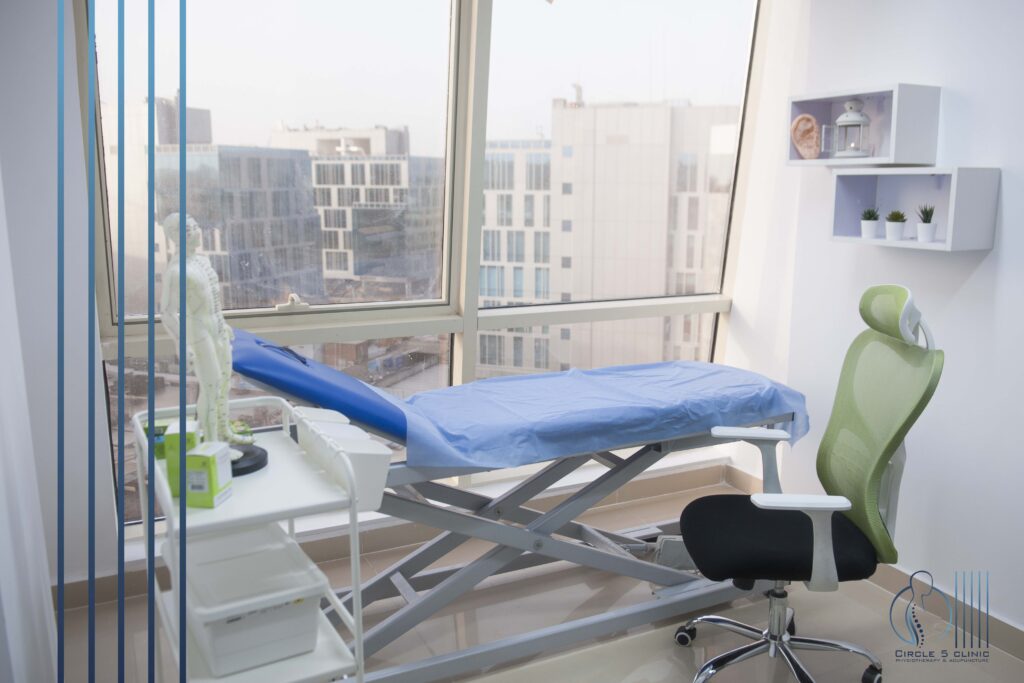
عيادة متميزة
سوف تشعر بالراحه في عيادتنا ومكان متميز وحسن الاستقبال
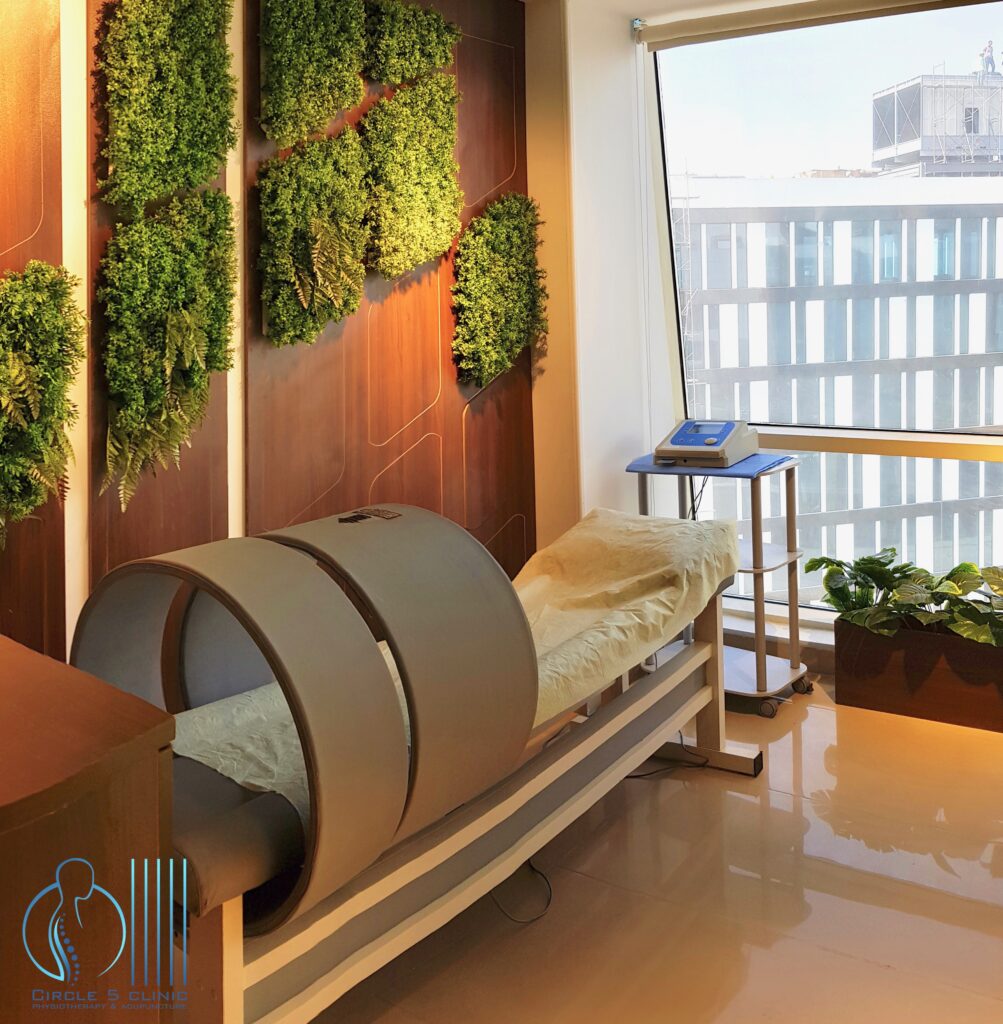
علاج شخصي
سوف تتلقى علاجا فرديا وبخصوصية تامة
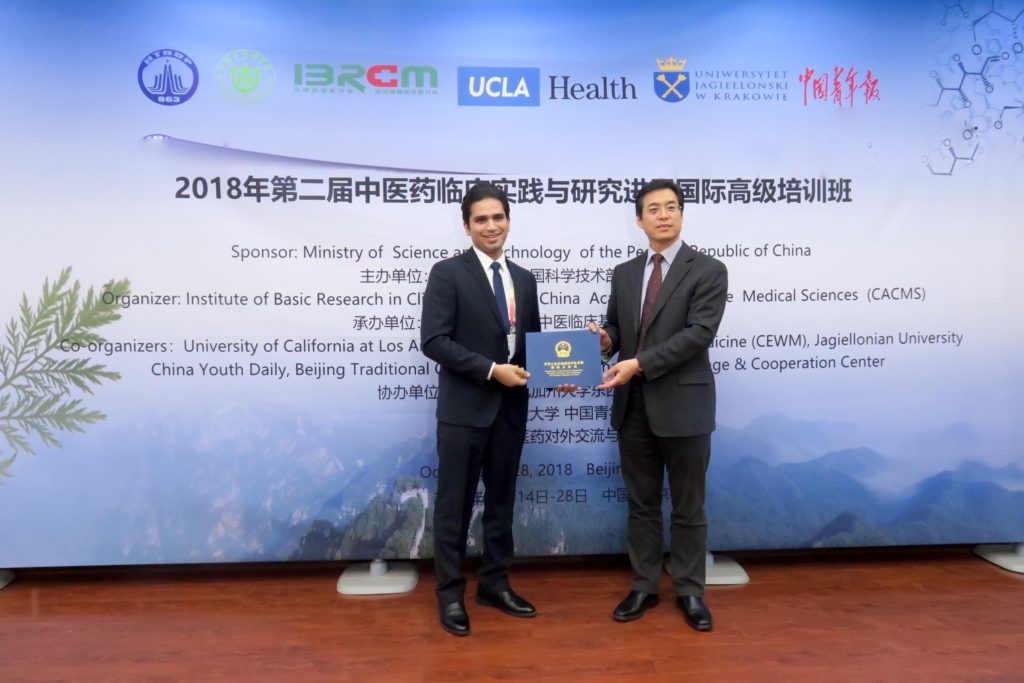
خبره عاليه
سيتم إجراء علاجك بواسطة دكتور فقط





Circle 5 Clinic
العنوان
(Rivulet) الشيخ زايد ( توين تاورز – مبني سي – الدور السادس – عياده (م) )
مواعيد العمل
السبت – الاثنين – الاربعاء
من ٣ مساء الي ٩ مساء
